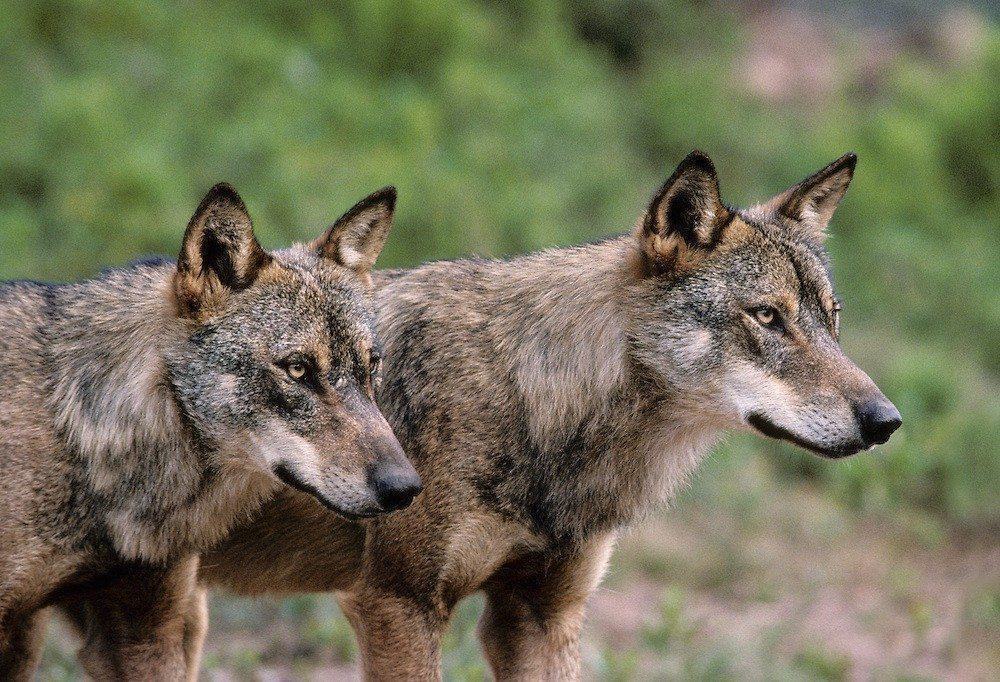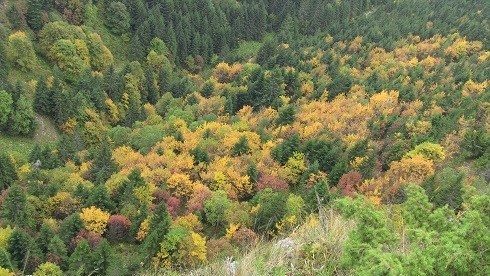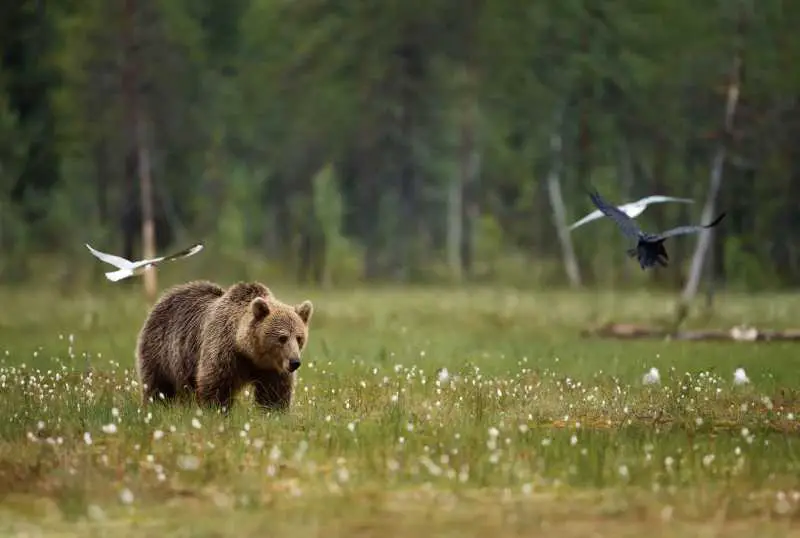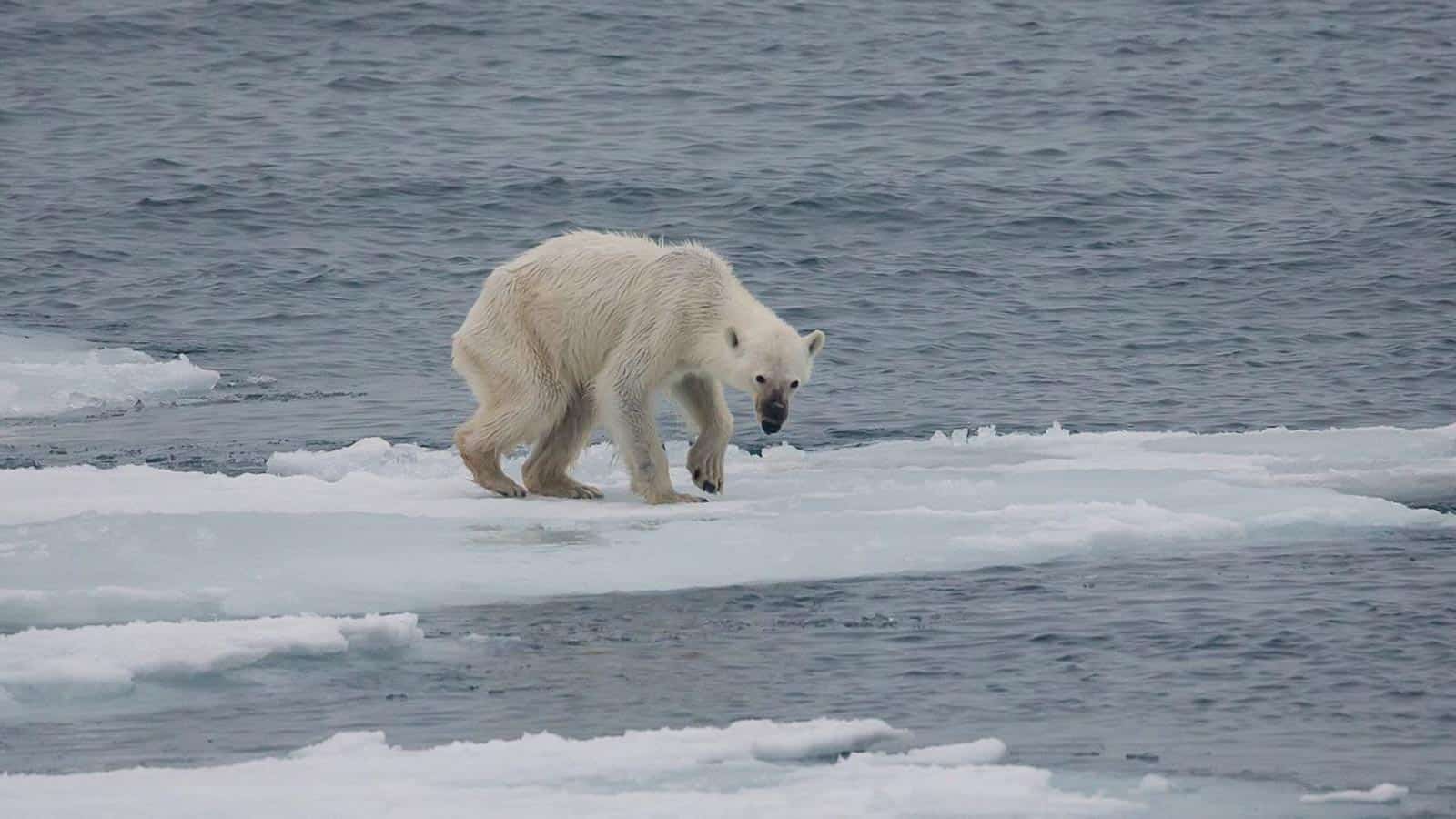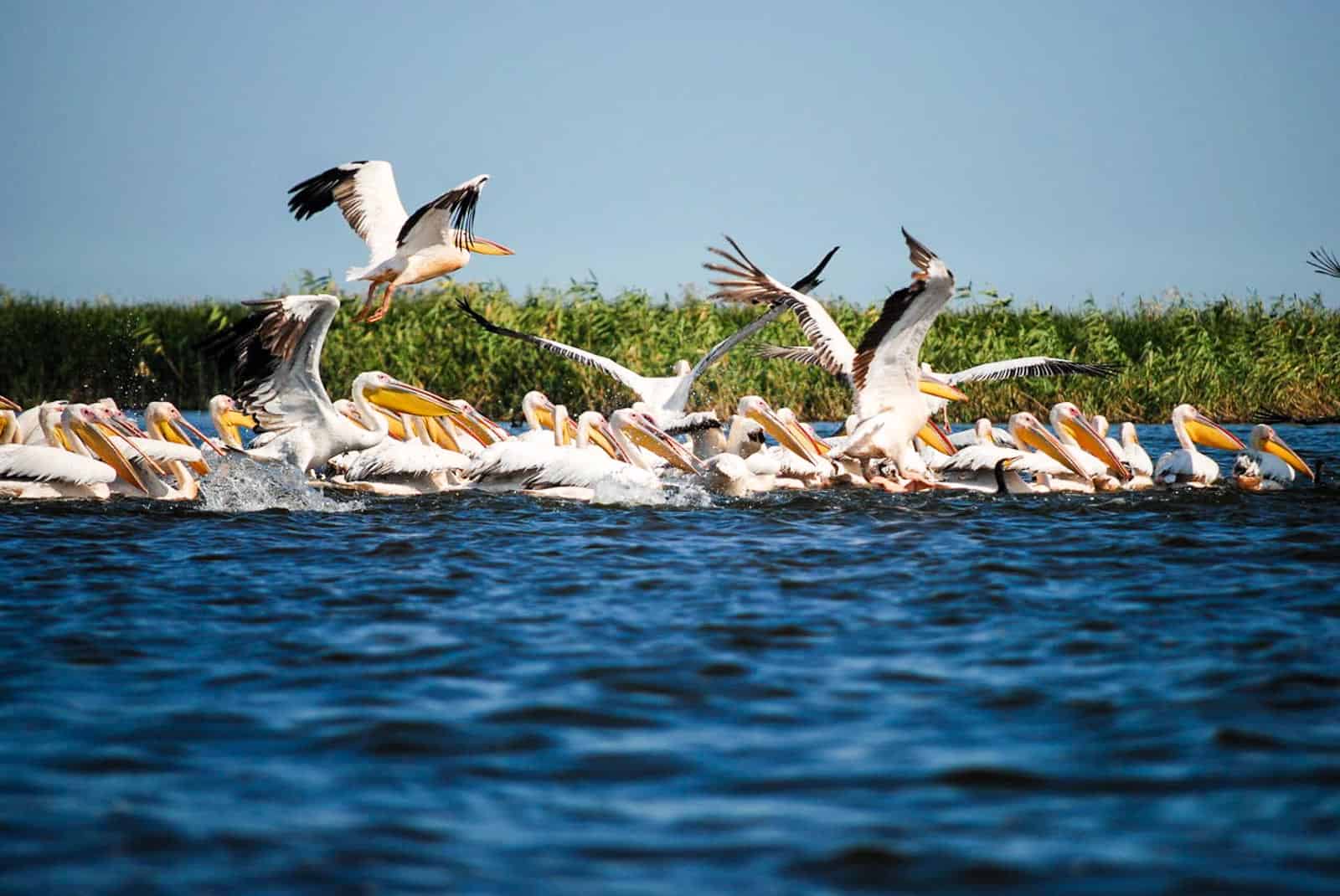Wolf coexistence a reality in North-western Spain
As the wolf is increasingly recolonising inhabited areas of Europe, stories of conflict with livestock owners have become commonplace. This doesn’t have to be the case however, as a recent study published in Conservation and Society shows. Sanabria La Carballeda in Castilla y León has a high density of wolves while also achieving peaceful coexistence.
Secrets to wolf coexistence success
The area of Sanabria La Carballeda has suffered from depopulation in recent years as young people move to urban areas. The remaining livestock owners graze their animals on meadows and scrubland, despite the presence of wolves. But human-predator conflict has never been a big issue here, and locals accept the wolf as part of the landscape. The study examined this successful coexistence and revealed four main conditions of wolf persistence. Firstly, ideal habitat separates wolves from people. Increased forest cover and therefore prey populations mean wolves don’t rely on human areas for survival.
Secondly, traditional livestock protection, including LGDs, shepherds and night pens, has been consistently employed for generations. Locals recognise that these measures are effective at preventing depredation, and the few incidents are opportunistic attacks on lone animals. In fact, the wolf is not on the list of locals’ main concerns, and media coverage around the wolf is largely neutral or positive.
A wolf became trapped in a villager’s chicken coop while attempting a raid. It later escaped, and the commotion was described in the local newspaper in terms of a ‘delighted’ villager and a ‘poor, sick little wolf’ who ‘regained freedom’ during the night.
To help with coexistence, the regional government reimburses livestock damage caused by wolves; the compensation programme is apparently inefficient though and could use some improvement. Until recently, the killing of 29 wolves per year was allowed in a hunting reserve to manage the population and generate income for the community. Although numbers were higher than in strictly protected Iberian populations, the Spanish government banned all hunting of wolves this year.
Rolling out a welcome mat for the wolf
Finally, the wolves attract thousands of visitors to the area each year and continues to grow. Several wolf-watching businesses exist and the Iberian Wolf Centre in Sanabria houses two captive bred packs. Wolf imagery is everywhere, which further shows that the local community embraces the species.
This example of successful coexistence is refreshing as conflict and controversy loom over the wolf’s return in Central Europe. Hopefully it can be a model for positive coexistence and signal a move beyond tolerance to a real welcome of this wild animal.

